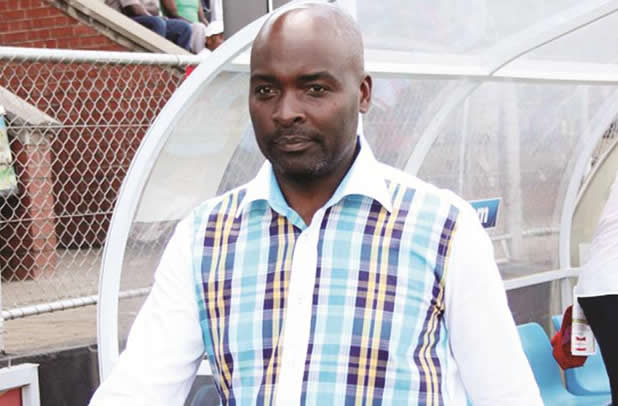Decoding the Zanu-PF congress

Knowledge Mushohwe
THE just ended 6th Zanu-PF National People’s Congress gave photographers the perfect opportunity to record contrasting emotions etched of the faces of personalities whose fortunes depended sorely on the outcome of the once-in-a-while event.
Politicians that were caught in the “wrong basket”, those seen to be hatching furtive plans to effect regime change looked out of place, unsure of their future roles in a new look Zanu-PF.
The “right basket” politicians meanwhile looked happy, evidently happy to be part of proceedings.
The party’s ousted political commissar and former Information and Communication Technology, and Postal and Courier Services Minister, Webster Shamu, who was fingered as a co-conspirator in attempts to dislodge President Mugabe never looked comfortable throughout the proceedings.
The former Minister had earlier been publicly criticised by the President for failing to restructure and recruit new members to the party in the last five years.
The party’s First Secretary said, “Firstly, organisationally, the party was not quite able during this review period to restructure itself, recruit more members and grow in a tangible way which we can clearly, without ambiguity, account for,” he said.
“This constitutes a major failure on the part of the Commissariat, which needs attention going forward. We need to refocus the party Commissariat work away from the current jostling and pushing for positions, which in turn has bred the current scourge of factionalism, back to the party’s ideology, robust mass mobilisation and winning the hearts and minds of the people of Zimbabwe to support Zim-Asset.”
A picture that aptly illustrates his discomfort and displeasure appeared in The Herald.
In the picture, the Minister cuts a desolate figure, seen seated at the foot of the main stage, seemingly in deep thought and looking away from the main proceedings.
The figures behind him, occupying centre stage, numbering at least six, are facing away from Cde Shamu, out of frame to where proceedings were taking place.
To fully understand the meaning of the expressions in the picture, vectors, a sub-section of semiotics may be used to generate meaning.
Vectors, directional forces, such as objects, people or lines, may be placed within a picture in such a way that, when viewing it, one’s eyes are led from one point to another or to some directional orientation, inside or outside the frame.
Two types of vectors — graphic and index can be found in a still image.
Graphic vectors are lines or objects leading one’s attention from one object to another, while index vectors are created by something or someone pointing or looking in a specific direction.
A sub-group determining if index vectors’ general direction continue, converge or diverge may be identified.
Continuing vectors are when at least two people or two signs or a combination of any of these look or point in the same direction.
Converging vectors are index vectors facing each other and are best illustrated when created — at least two components of the editorial cartoon face each other while conversing.
Depending on the context of the image, converging vectors can contribute to closure or conflict being heightened.
Diverging vectors face away from each other, and usually suggest conflict or disinterestedness.
In the picture, the majority of figures form a queue, where continuing vectors are emphasized.
Though the people’s focal point is out of frame, the fact that they all face the same direction shows unity of purpose.
They are people that suggest that they are working together and for a common cause.
Evident on the far left side of the picture are converging vectors signified by people seemingly conversing while facing each other.
Convergence suggests consultation, sharing of ideas and the common belief in the attainment of a group-oriented goal.
The people seated on the extreme right are also looking in the same direction as the majority of individuals forming the queue.
Their actions not only confirm that the centre of attraction is to the left of the composition, they also prove that the actions of the people in the queue are in unison with those of the wide audience.
The same cannot be said of Cde Shamu.
He does not just face away from the centre of attraction, he used his right hand to cover his view.
His facing away, a divergent vector, coupled with his body language is a sign of disinterestedness.
This in fact was the clearest sign yet that Zanu-PF was divided, but even in its bad state, the picture shows, one side had the numbers and the other did not.
Graphic vectors on Minister Shamu, particularly the downward position of his shoulders and fingers on his left hand reveal his resignation to playing a far less influential role in the future politics of the party.
As he sits alone, Shamu is also surrounded by horizontal and vertical metal bars that isolate him from the rest of the crowd.
Ironically, a sign that stands just beside his cantankerous face, supporting the implementation of Zim-Asset, is from a mobile communications company that falls under his ministry.











Comments